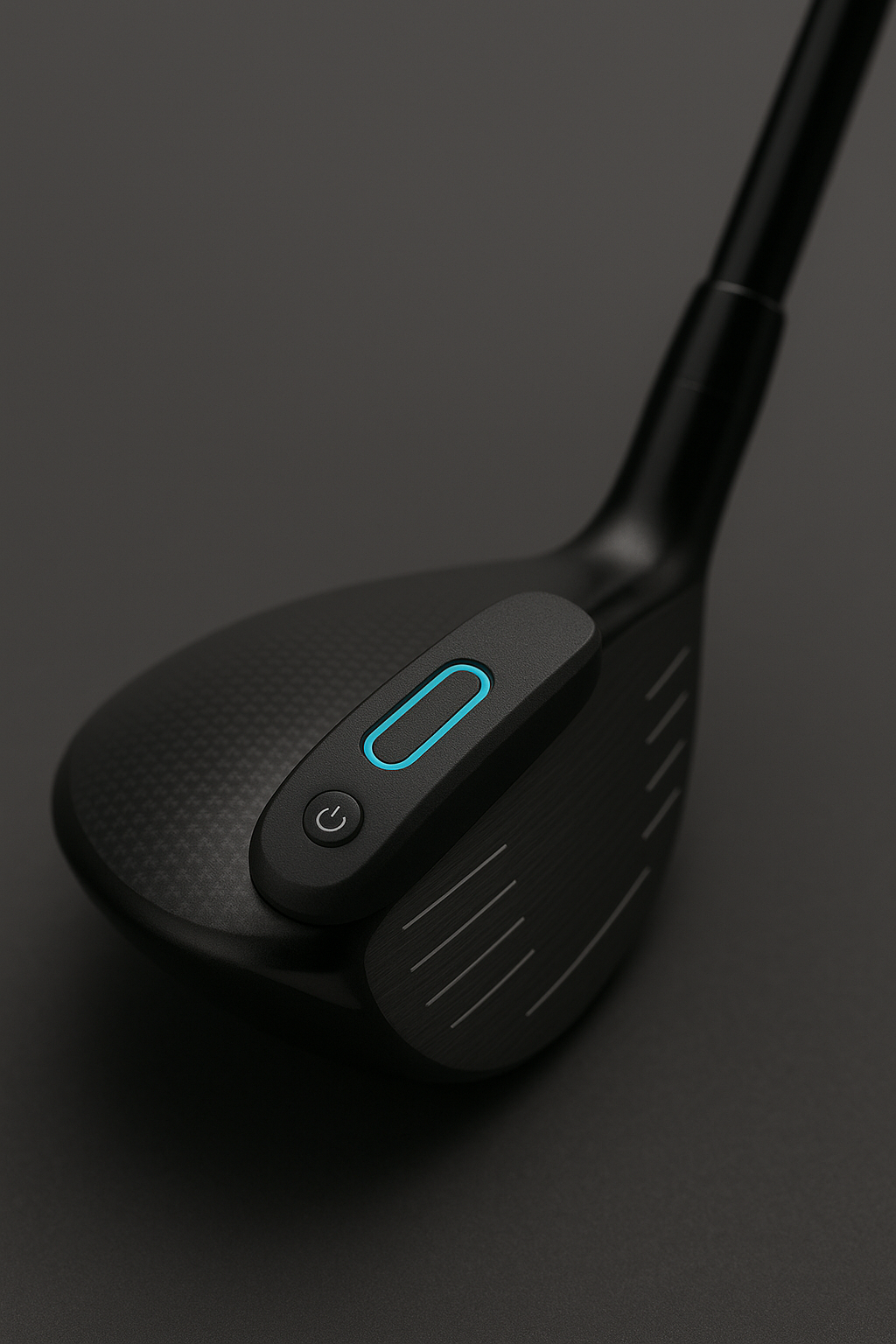Revolutionize Your Swing with ARC
Train how you play
Watch Our Device in Action
See how our innovative golf training device transforms your practice sessions.
Key Features
Train how you play
Train at your range (or home), with your club, hitting real golf balls. Maximizing transfer to the course while minimizing swing disruptions, which are often encountered with purely dry swing programs.
Built on Training Science
Based on the work pioneered by Dr. Coop DeRenne and others [LINK HERE], the science suggests training under real conditions provides greater swing velocity gains than training with dry swings.
Train it all
Configurable weight and center of mass lets you train over a wide range of overload conditions, providing subtle but varying training conditions.
Training Ecosystem
Personal Training assistant
Use natural language log reps and swing velocities. Automatically calculate swing power and performance metrics.
AI-Powered Training Partner
Leverage artificial intelligence to analyze swing patterns, suggest personalized improvements, and create training plans.
Anywhere, everywhere
Sync your data seamlessly to the cloud, allowing access to your training metrics anytime, anywhere.
Enhance Your Game Today
Transform your golf training experience with our cutting-edge device. Elevate your skills and achieve your goals with ARC. Join the revolution in golf training technology and see the difference it makes in your game.


